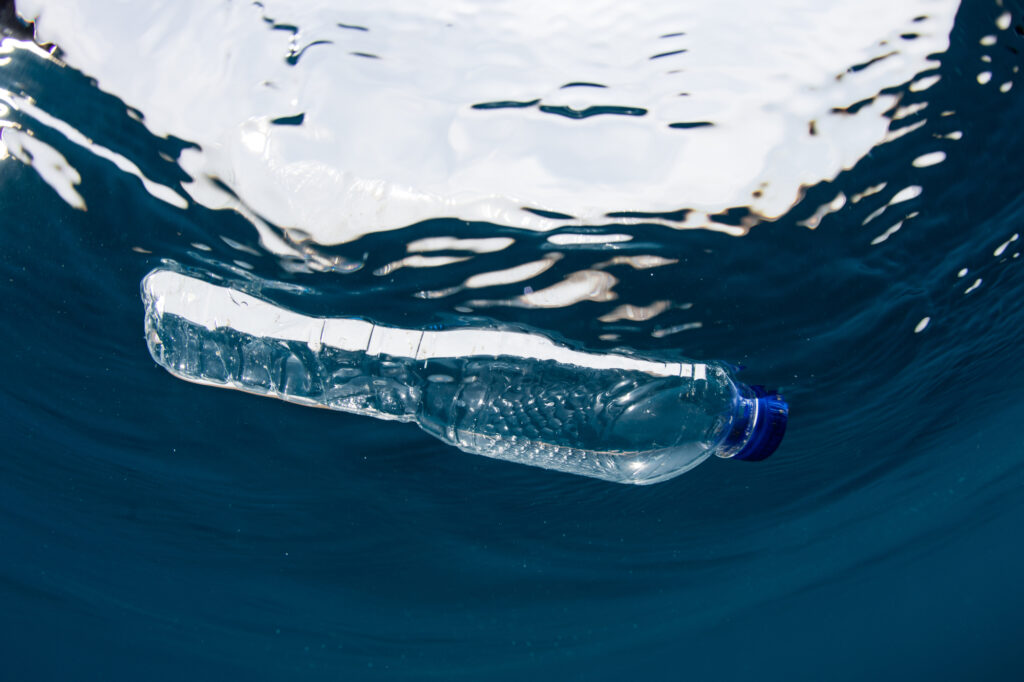A new international study analyzing the risk of plastic exposure by seabirds, which identifies the Mediterranean as the highest risk region globally, was published today.
The article, led by Bird Life International, was published in the scientific journal Nature Communications., and had a team of more than two hundred scientists from all over the world, including 18 Portuguese scientists, including four researchers from the Faculty of Sciences of the University of Lisbon (Ciências ULisboa).
The study was coordinated by Maria Dias, currently a professor at the Department of Animal Biology (DBA) and researcher at the Center for Ecology, Evolution and Environmental Changes (cE3c), with the participation of José Pedro Granadeiro, professor at the DBA and researcher at the Center of Environmental and Sea Studies (CESAM), Mónica Correia Silva, researcher at cE3c, and Teresa Catry, researcher at CESAM.
Seabirds are one of the most endangered groups globally, with around a third of species classified as "vulnerable", "endangered" or "critically endangered" on the International Union for Conservation of Nature's red list.
Data from 77 species of seabirds, more than 7 individuals and 000 million positions recorded using remote tracking devices, were analyzed together with global plastic concentration maps.
The team of scientists was thus able to identify the areas where birds are most exposed to waste, and which species and populations are most affected.
According to the study coordinator, the analysis revealed that “the risk is not uniformly distributed”, as a result of the accumulation of plastic in areas where ocean currents and tides favor it. Seabirds are also distributed in an uneven and highly variable way throughout their annual cycle, as most of them are migratory species capable of flying over thousands of kilometers of sea.
“When both regions overlap [high concentration of birds and plastic], the risk is much greater”, concludes Maria Dias. Among the most dangerous areas for birds are the Mediterranean, the Black Sea, the Northwest and Northeast Pacific, the South Atlantic and the Southwest Indian Ocean.



















Comments